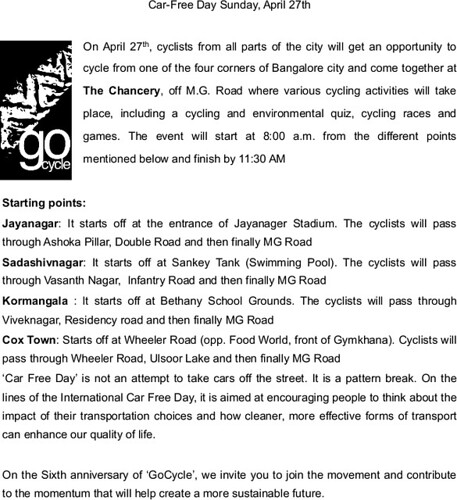HU Meeting Minutes, ESG, Sat Oct 18, 3:30 pm.
Attendees, about 15. Do not have the list of attendees with me.
- There was agreement that a multi-pronged approach is necessary in the
short term to stop the road widening project, which is continuing
unabated in spite of the HC appointed committee.
- Approaches that will be considered in the short term include engagement
with officials, petitions to the committee, and a public event like a
walk, or Human Chain. More detail follows.
- HU members should draft and submit representations to the committee,
seeking permission to participate. For this, members should be
prepared with material in case they actually invite you. Das's slides
are a good starting point. Das has also posted a representation that
he has submitted to the committee on this list a few weeks ago. You
can use that as a template. The representation must be submitted to
Suresh, the convenor of the committee. IMPORTANT: Remember to get an
acknowledgement! Ask Das for details re. where and how to submit.
- We should individually, actively start educating groups and people we
interact with in order to build a larger body of opinion.
- ESG will try to get appointements with relevant bureaucrats and
politicians. Expect an update mid week.
- HU members will try to make themselves available for mid week meetings
with officials.
- All HU members must actively start preparing for a public event in
early/mid-Nov. Expect a mid-week confirmation (go / no go) about this
event via email.
1. Potential name: Namma Raste, Namma Uru.
2. Focus: all aspects of road widening.
3. Type of event: walk or human chain
4. Location etc: details TBD mid week.
5. Publicity methods / target groups:
- Engagement with walkers at Lalbagh, Sankey Tank, etc.
- Distribute flyer
- Interviews on radio channels
- Newspaper item
- Trader communities (e.g. Infantry Road)
- Flyer must be simple - each of us can create one now and start
publicity work as soon as mid week by printing out the material from
the ipetition. Needs translation into Kannada.


